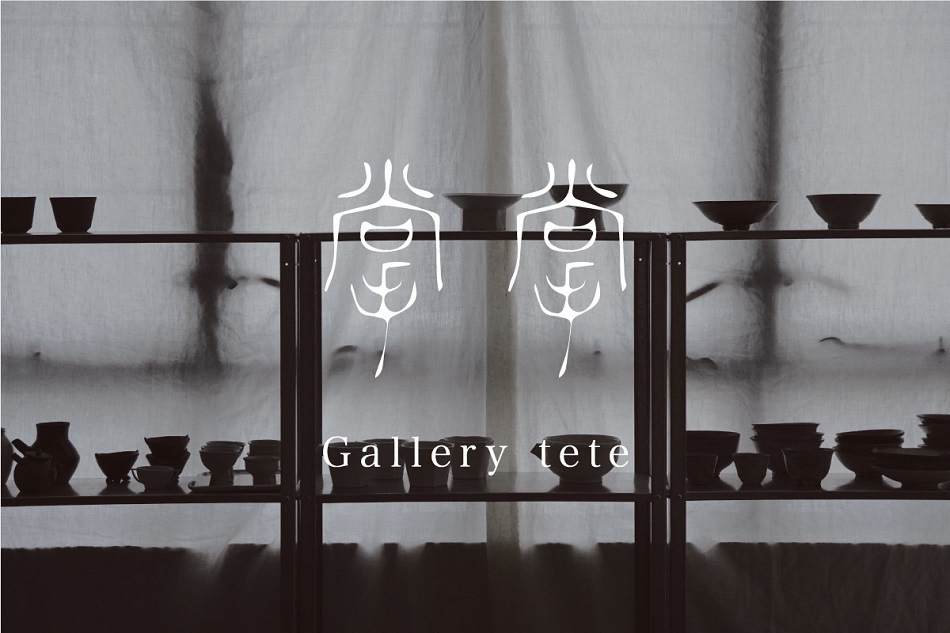Leisure & Culture #54
The Underground Toilet Breaks New Ground
The Attendant
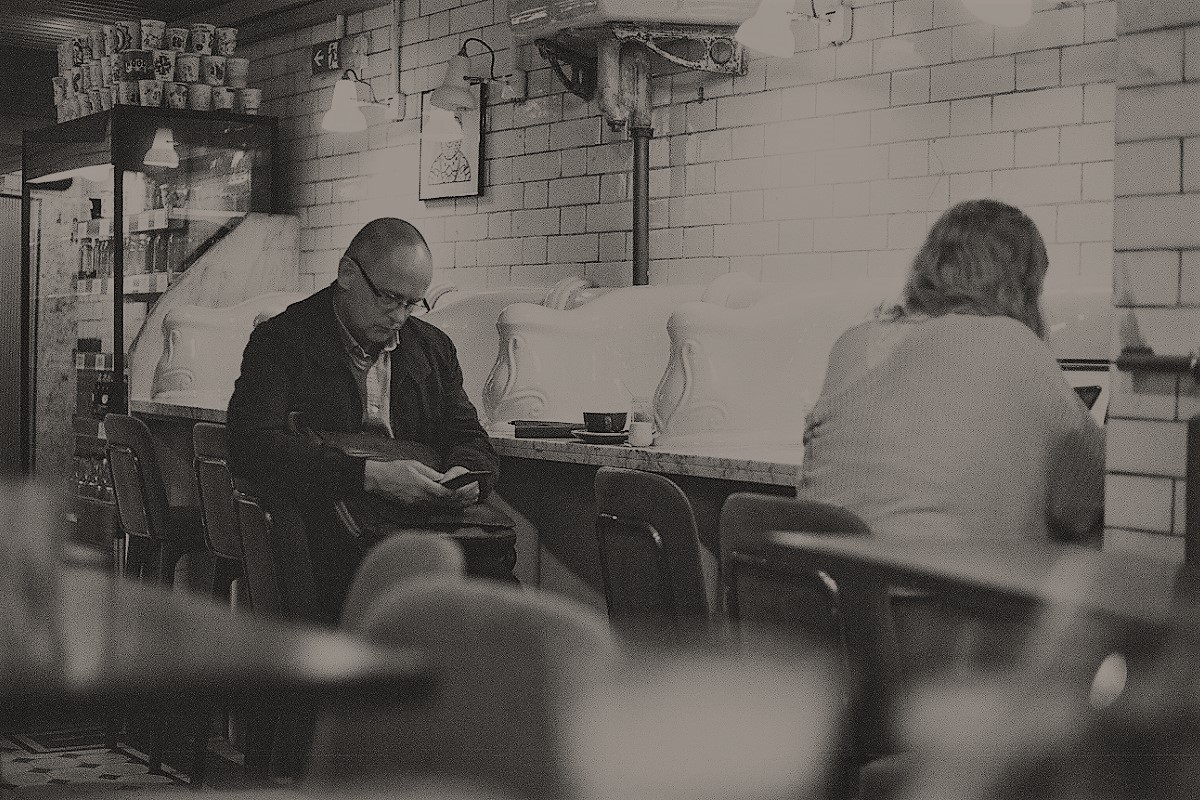
Written by Kit Chan
Translated by Derek Leung
Photo by Kit Chan
This is an underground public toilet abandoned for half a century which may have turned the home of ghosts and a hotbed of vice and virus.
Could it be something beyond expectation?
“A public toilet can smell very good,” claimed some Londoners. What they refer to is an underground men's toilet in Foley Street in the city center which is transformed after restoration into a specialty coffee shop attracting locals for breakfast and beverages and to bring the bustle to the basement.
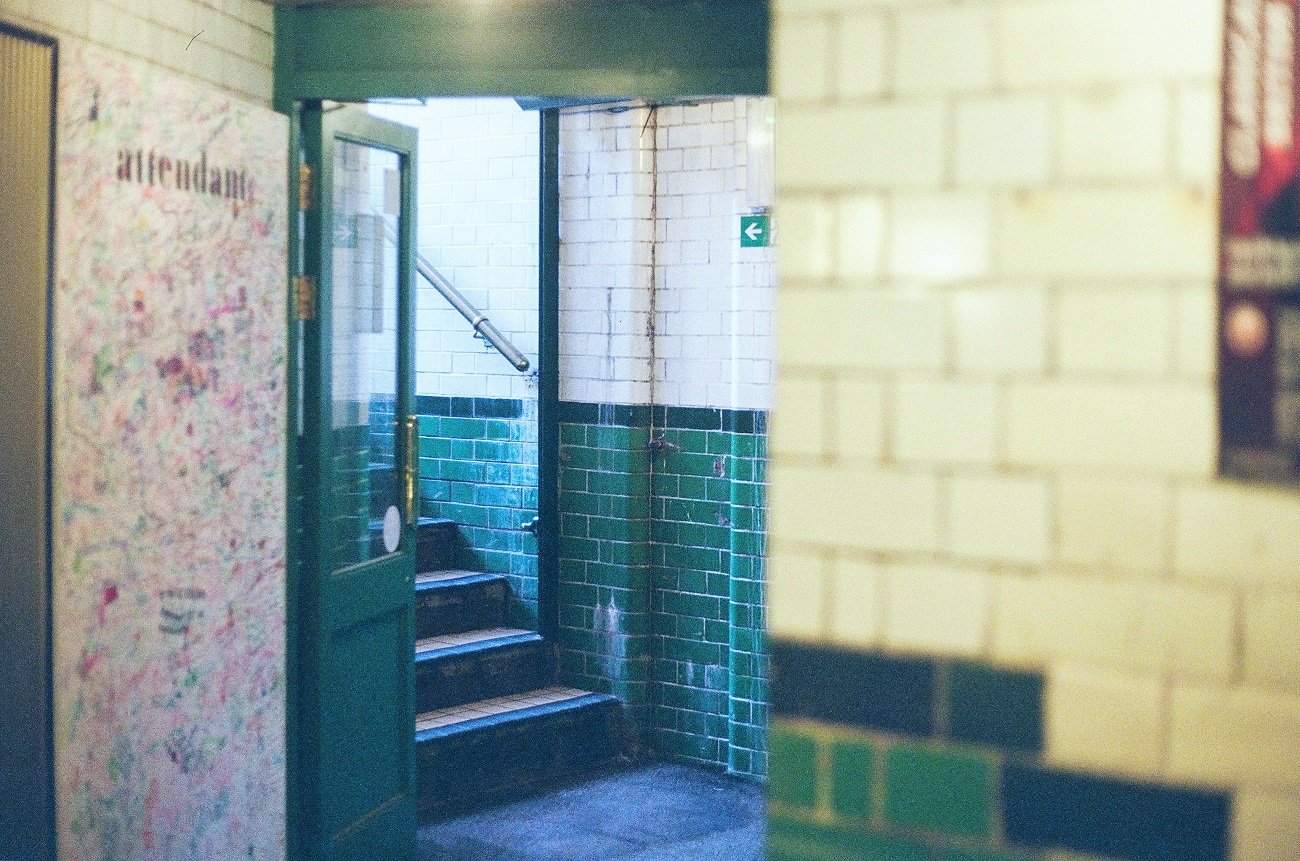
This is the first café of the Attendant brand, a café chain with three outlets by far enjoying the immense popularity in the UK.
From a venue of interest earning hipsters’ check-ins in the social media platforms to a brunch café no different from others today, Attendant draws the patronage of the elderly, the white collars and the art-loving youth. You may wonder it is just another community café with a fading reminiscence of the past.
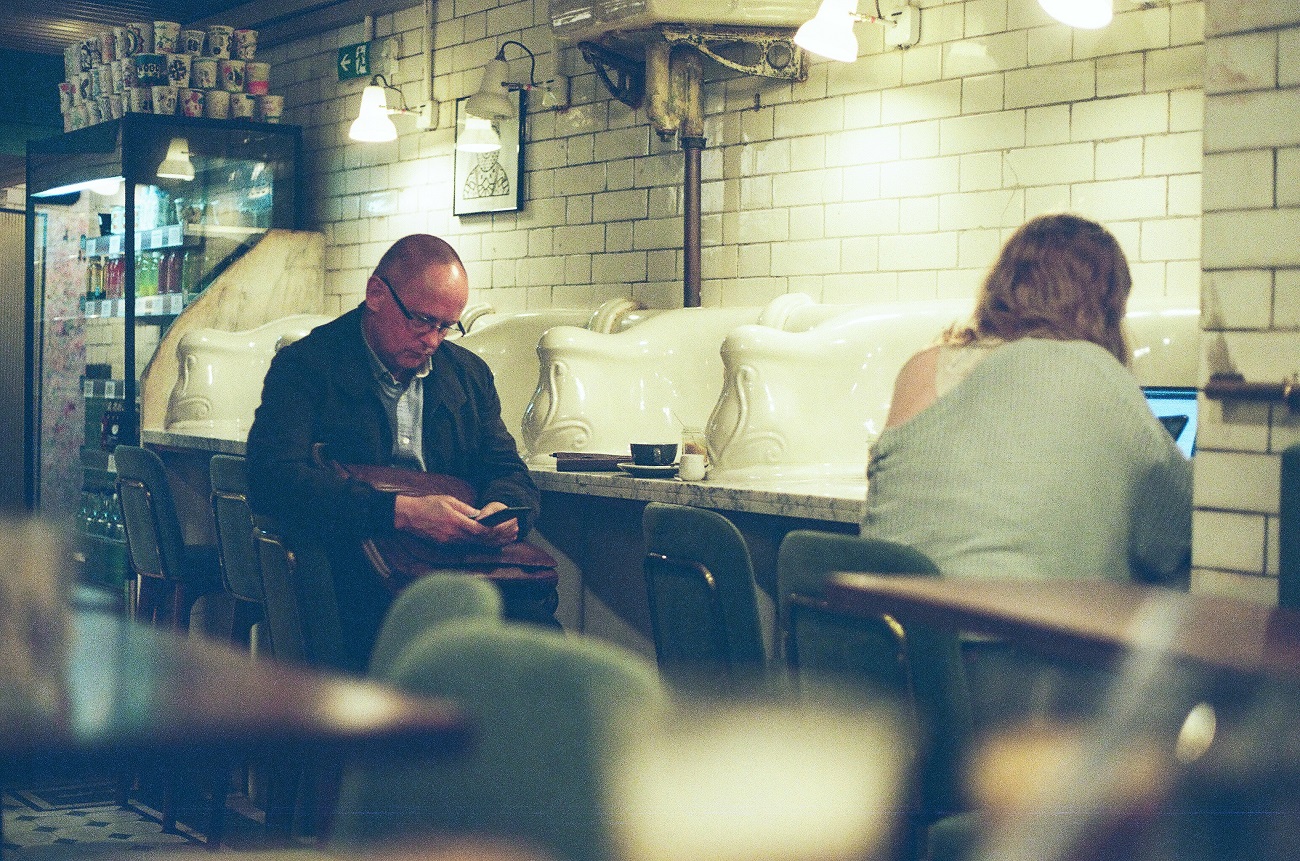
The past of the café is after all a legend: a Victorian public toilet founded in 1890 and mothballed in the 1960s due to the dwindling public recognition was brought to the attention of two male passers-by upon their drinking in a tavern in the same street at a night in 2012 simply by the To Let sign because the new owner gave up his idea of conversion into an underground studio.
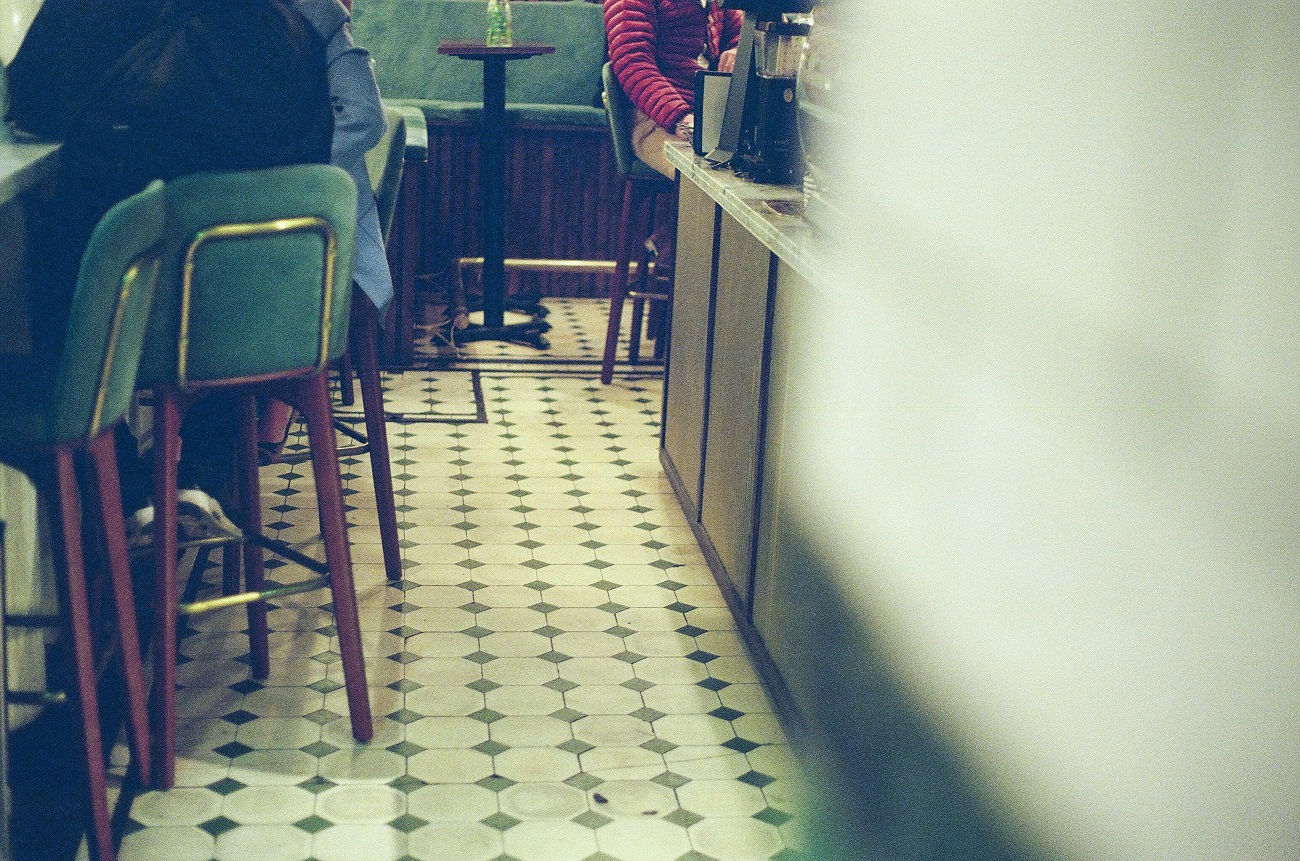
Here comes the new owner duo for the public toilet, or Attendant: Pett Tomlinson and Ben Russel, who wisely refurbished the space in a per se way in two years’ time and at a cost of £100,000.
Not as daunting and arduous as you think, the project only sees the demolition of one wall for even bigger space and, most importantly, the thorough cleaning and disinfection.
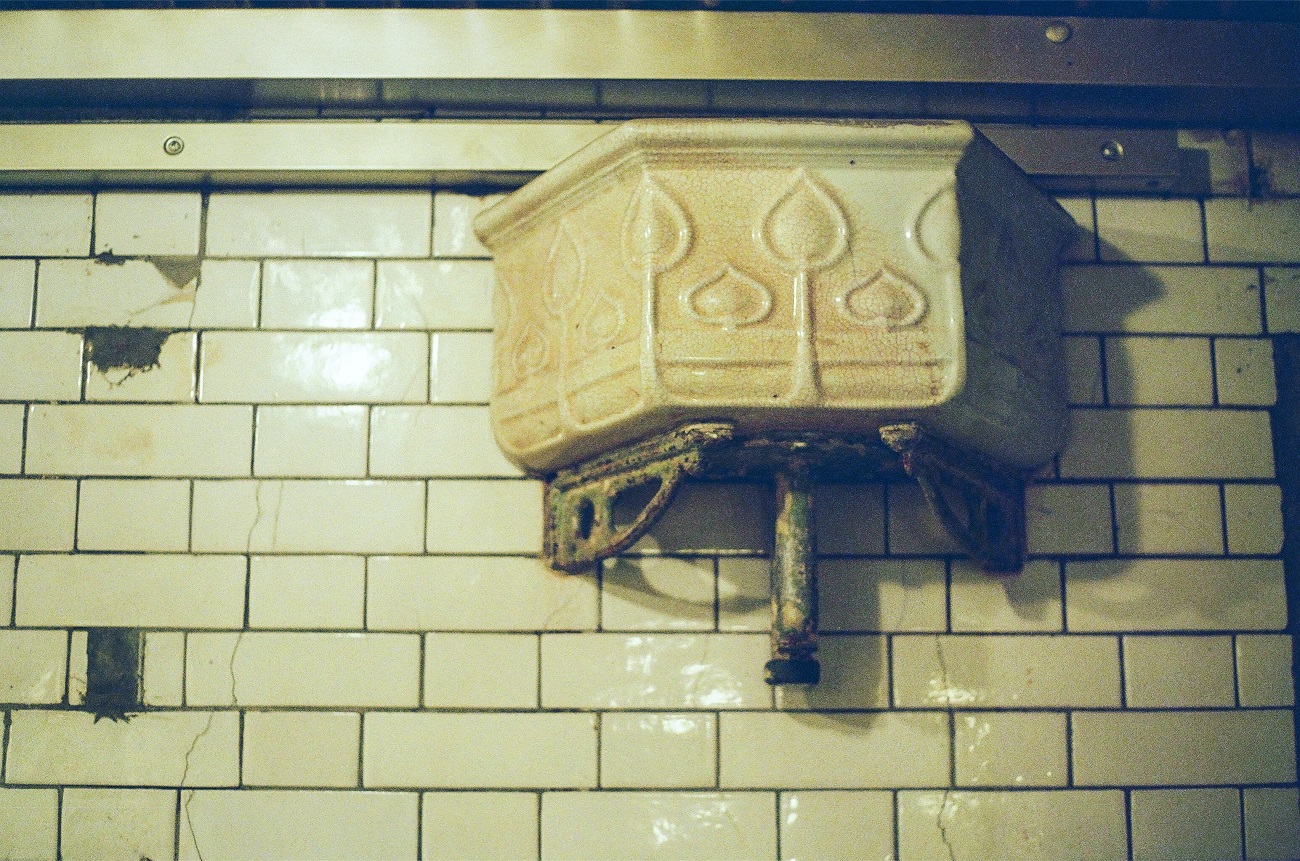
Most of the tiles therein, produced in 1890 and now regarded as precious antiques, are preserved even if they have been mottled; the flushing water tanks produced by Doulton & Co, a very famous British brand at the moment, are made of durable quality porcelain which manage to convince the two café owners to preserve; the urine troughs are turned to dining seats and tables simply and surprisingly by adding wooden planks on top. Challenging every customer’s acceptance, the final design and refurbishment is after all so intriguing and fun that makes the café the most sought-after one for the time being.
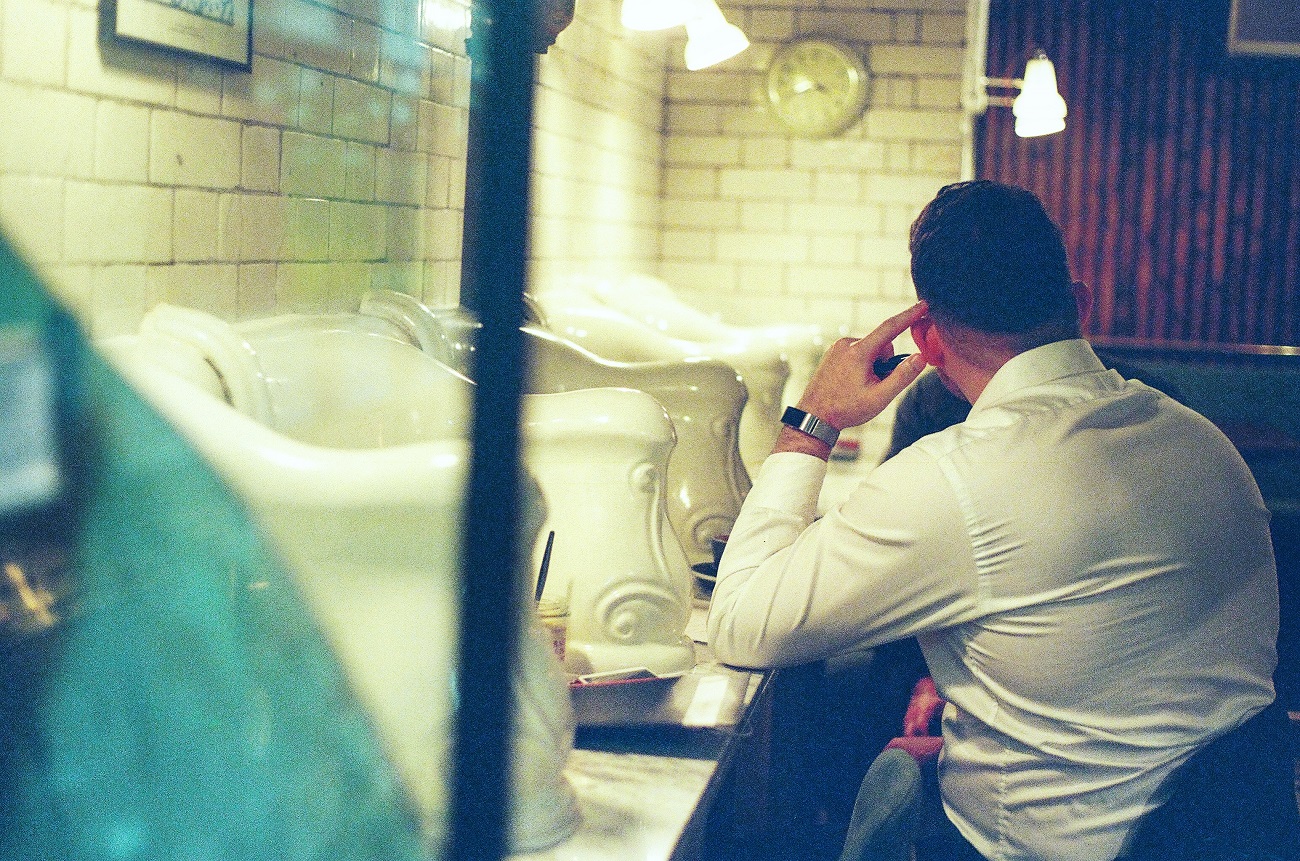
The only headache may point to the main entrance and the iron gate on the ground level. During the 10-month restoration, the worn-out paint of the gate has firstly to be scraped off and new paint of 18 layers is applied, which makes it look as clean as the original.
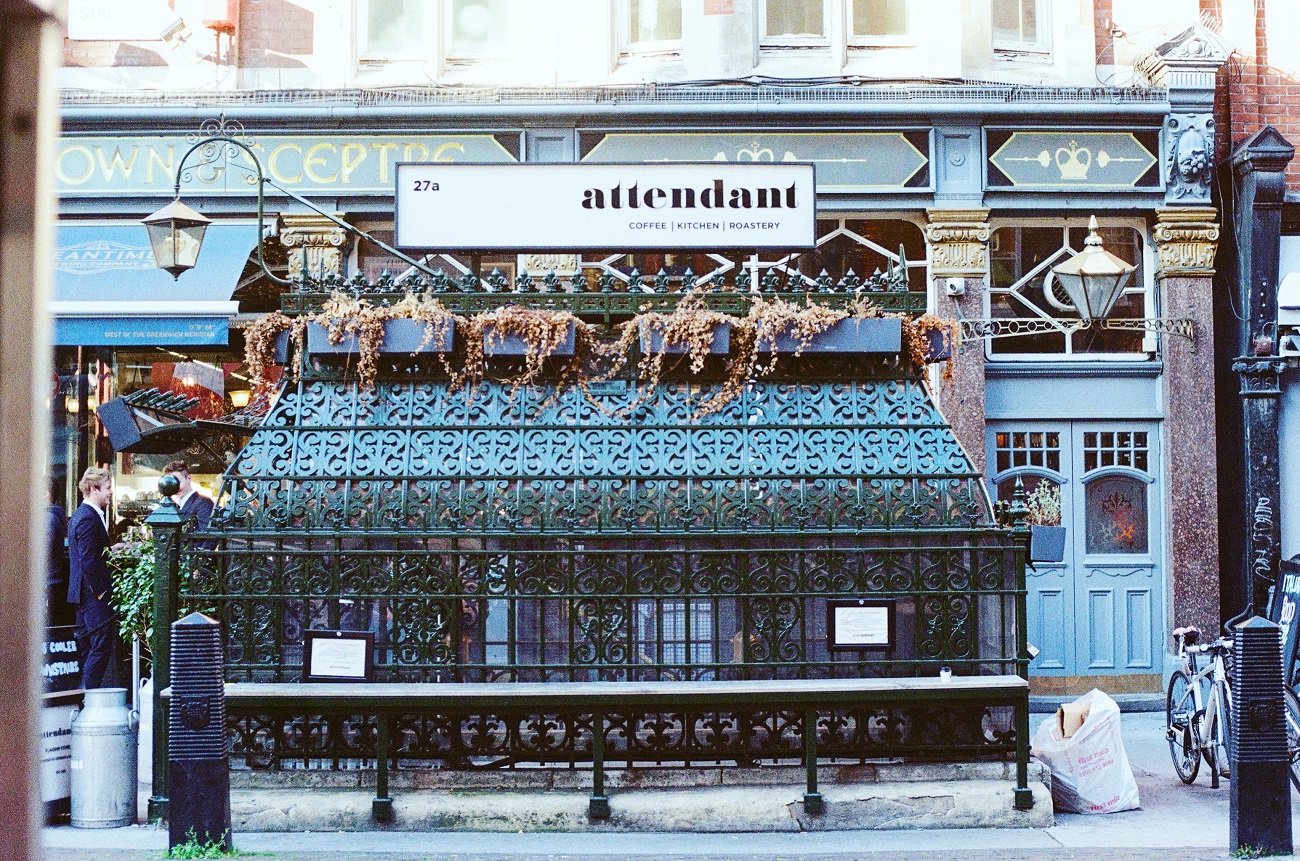
In the past, duty officers known as attendants were employed to manage the British public toilets, each of which was therefore equipped with a small duty room. Now the duty room concerned is transformed into a kitchen while its wooden door is kept. To pay tribute to the toilet duty officers, there is no better name than Attendant to be used as the name of the café.
Leaving the basement and embraced by the sun, I think of the underground public toilets in Hong Kong and their historical significance that should not be underestimated. In the early years, toilet areas were not common in old Hong Kong tenements and some workers were employed to dispose of nightsoil. The practice remained until 1890 that the plague broke out on Tai Ping Shan Street where a large number of Chinese died and the colonial government finally developed the idea of building public toilets.
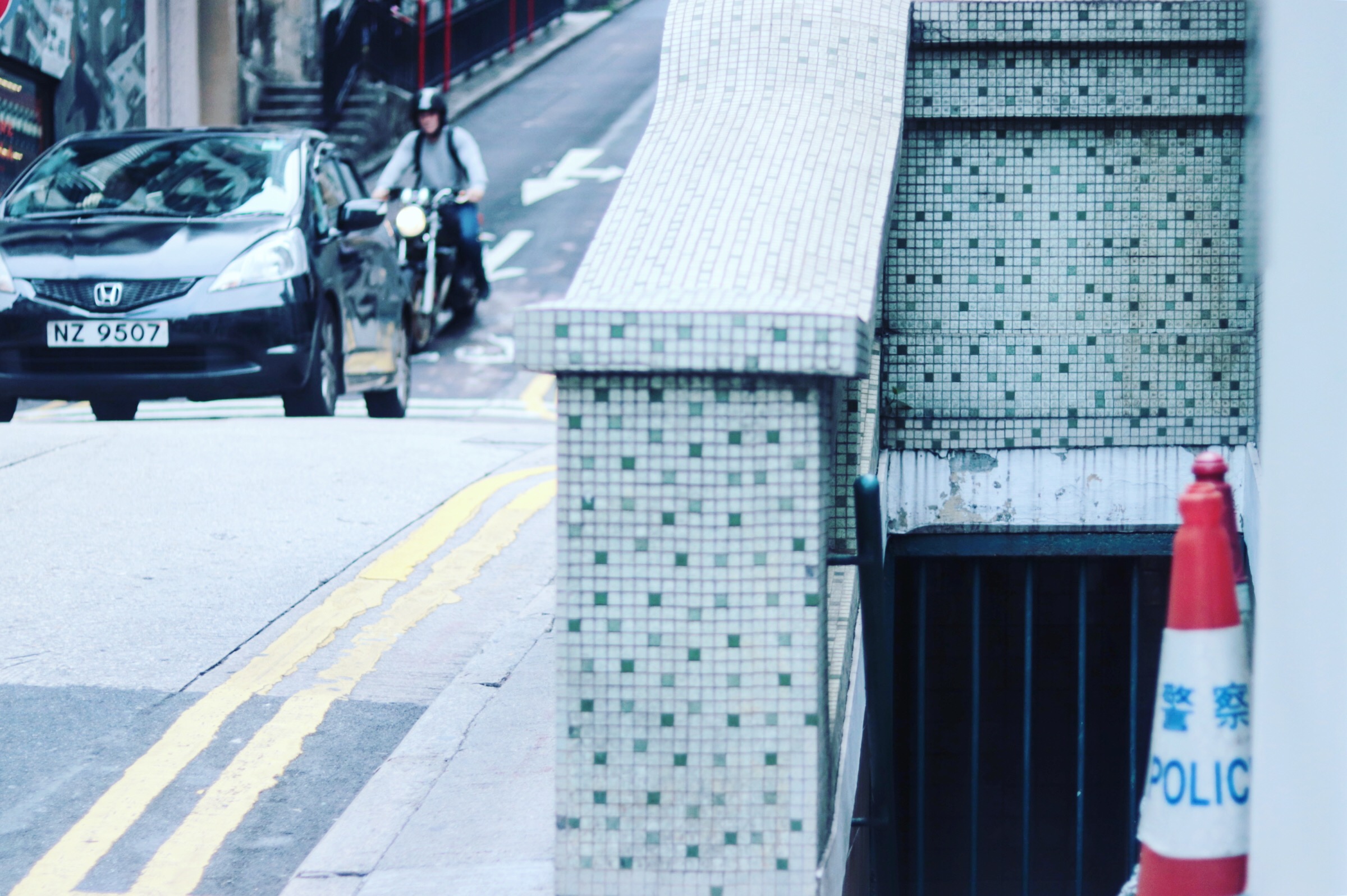
No different from London's underground public toilets, most of the counterparts in Hong Kong have also completed their historic roles. For example, the former public toilet in Aberdeen Street behind the married police quarters on Hollywood Road, the only underground public toilet with a female toilet, has also been for residents’ use and has been listed as a Grade II historical building. However, the men’s toilet built underground in the junction of Wellington Street and Queen's Road Central in Central in 1913, known as the “Triangular Public Toilet”, is the only underground public toilet still in operation in the city.
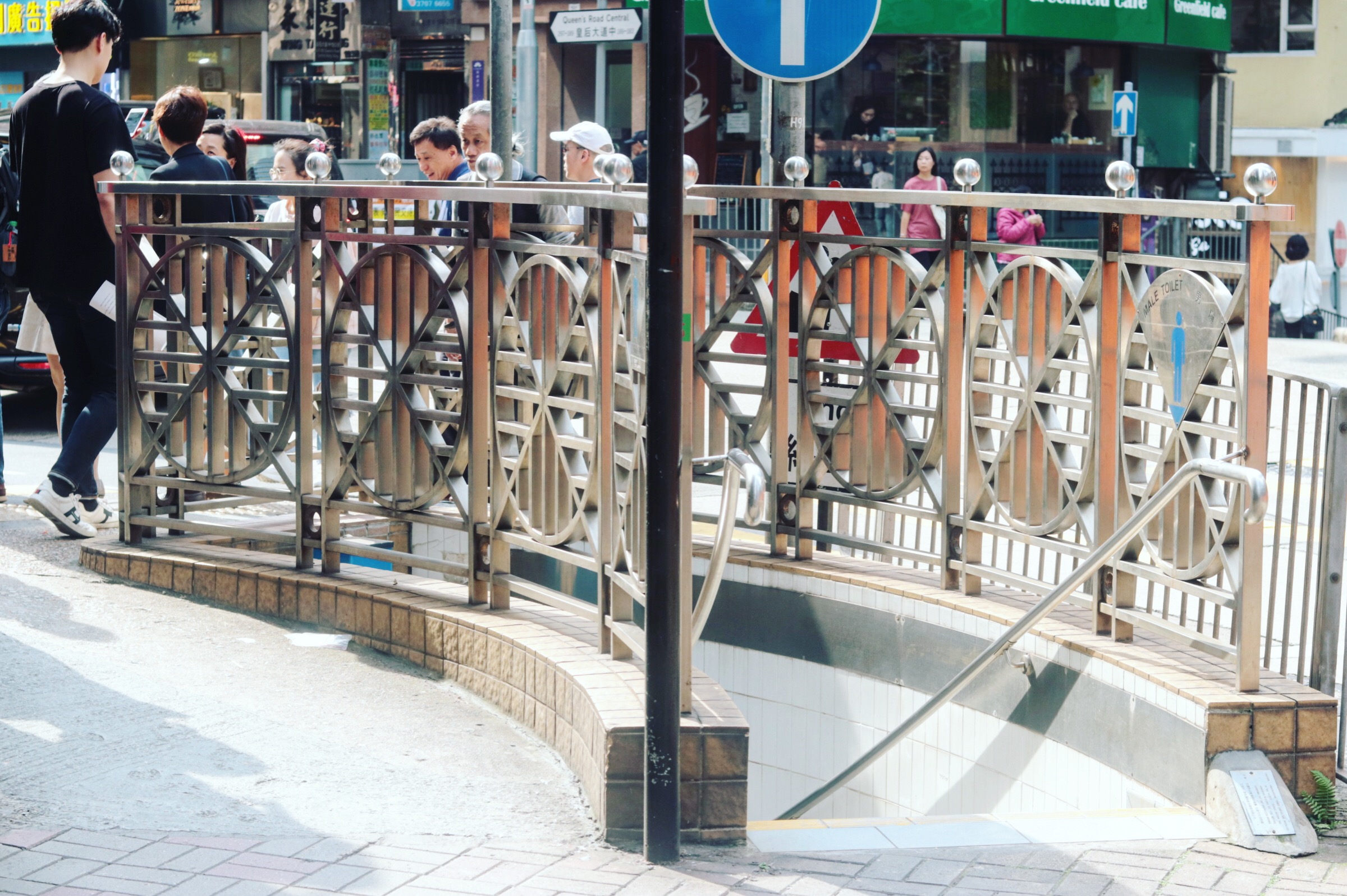
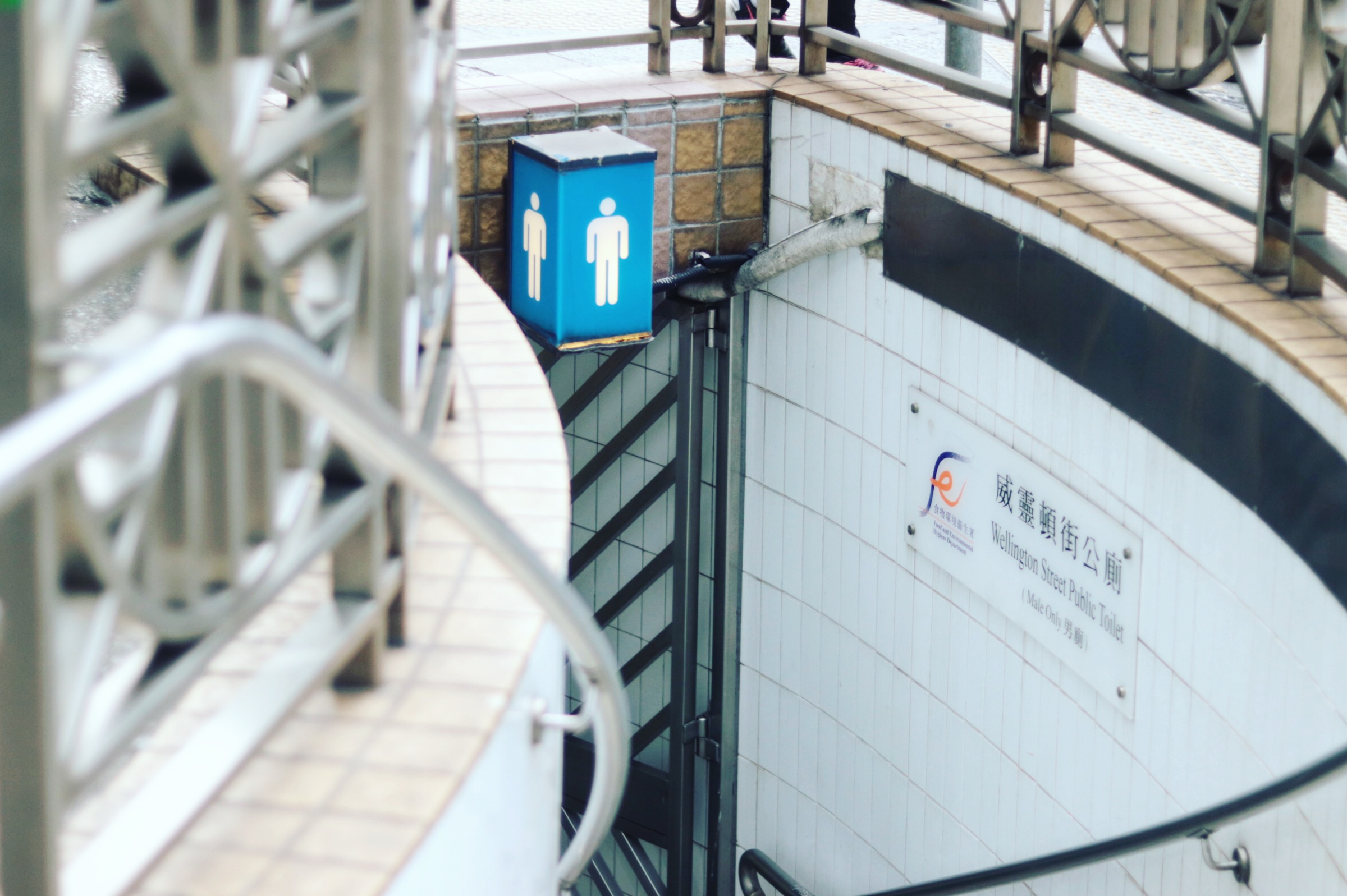
Will they share the fate like Attendant and create other interesting spaces coupled with a new history and memories for the city if they are no longer functional? Time will go on telling you the story

